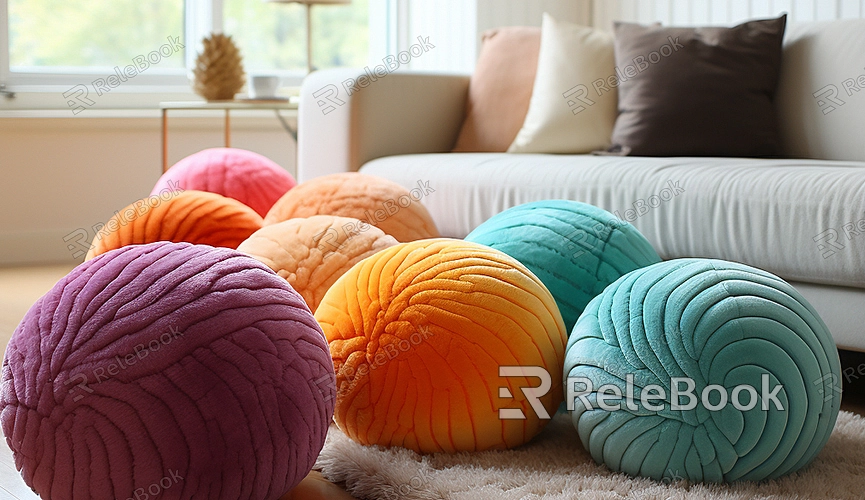How to Create UV Gradient Mapping in Maya?
UV gradient mapping is a technique used to create visually unique and interesting effects, particularly suitable for 3D models or virtual scene renders with distinctive artistic styles. If you want to apply UV gradient mapping in Maya to manipulate 3D textures with gradients, distortions, or other interesting texture transformations, you can follow these steps:

1. Preparation:
Open Maya and load your model. Ensure that you have created UV sets for the model and applied appropriate textures. For high-quality 3D textures, it is recommended to download them from Relebook.
2. Create Gradient Texture:
In the "Hypershade" window, click the "Create" button at the top, then choose "2D Textures" > "Gradient Ramp" to create a new Gradient Ramp texture node. Right-click on the newly created "Gradient Ramp" node, choose "Edit," and enter the Gradient Editor. In the Gradient Editor, you can set parameters such as colors, positions, and transitions. Add multiple color stops and adjust their positions to achieve the desired gradient effect.
3. Connect Gradient Texture to Material:
If you haven't created a material yet, you can create a new material (such as Phong or Lambert) in the "Hypershade" window. Connect the "Gradient Ramp" node to the material's "Color" property. This way, the material will be influenced by the gradient texture.
4. Apply Material to the Model:
In the "Outliner" or "Hierarchy" view, find your model and select it. In the "Attribute Editor," assign the material you just created to the "Diffuse Color" property of the model.
5. Render and Preview:
Use the real-time view or interactive rendering mode to preview the effect of the gradient texture. If you are satisfied with the result, click the "Render" button to start the final rendering process.
6. Adjust UV Layout for Optimal Gradient Effect:
If needed, further adjust the UV layout in the "UV Texture Editor" to better control the direction and density of the gradient.

